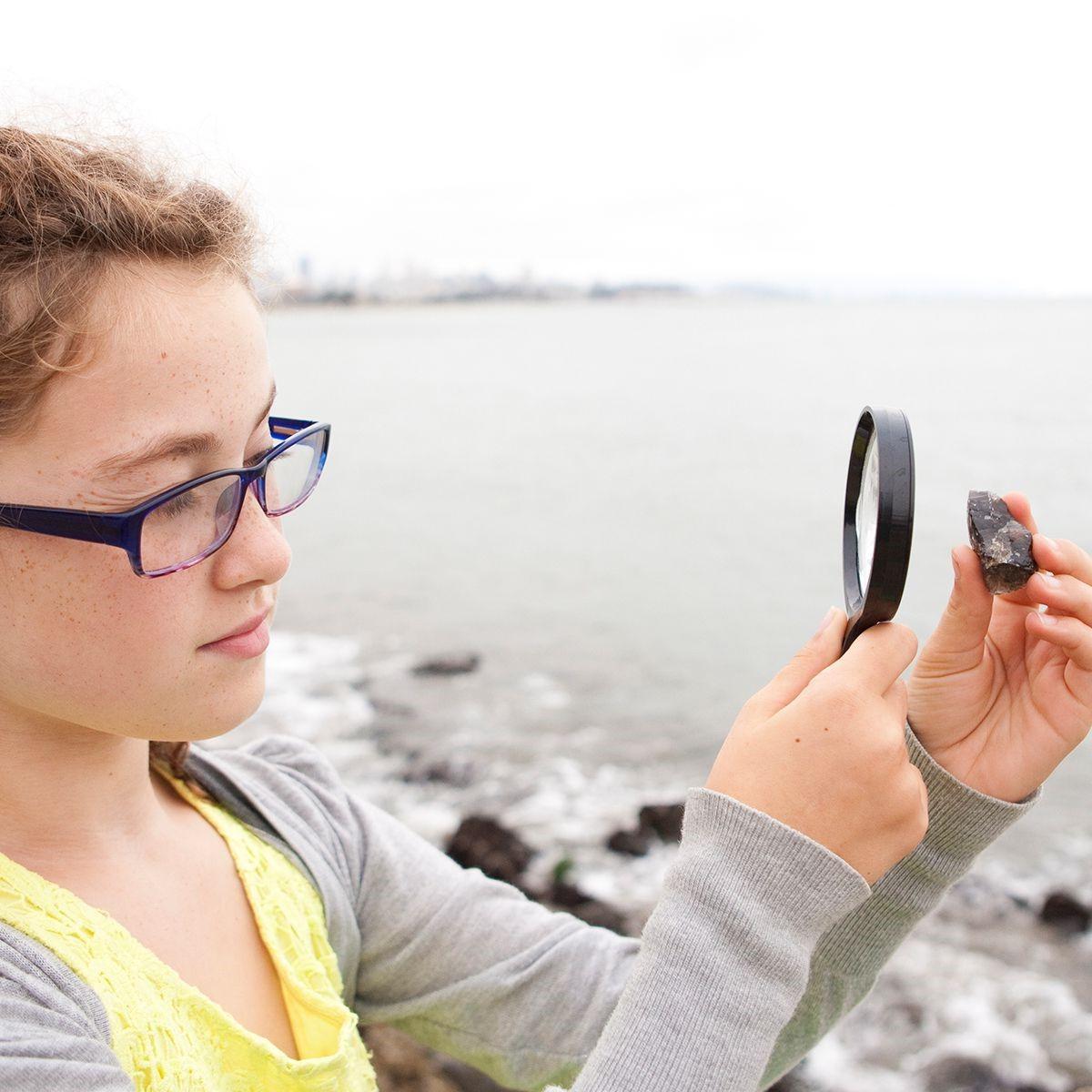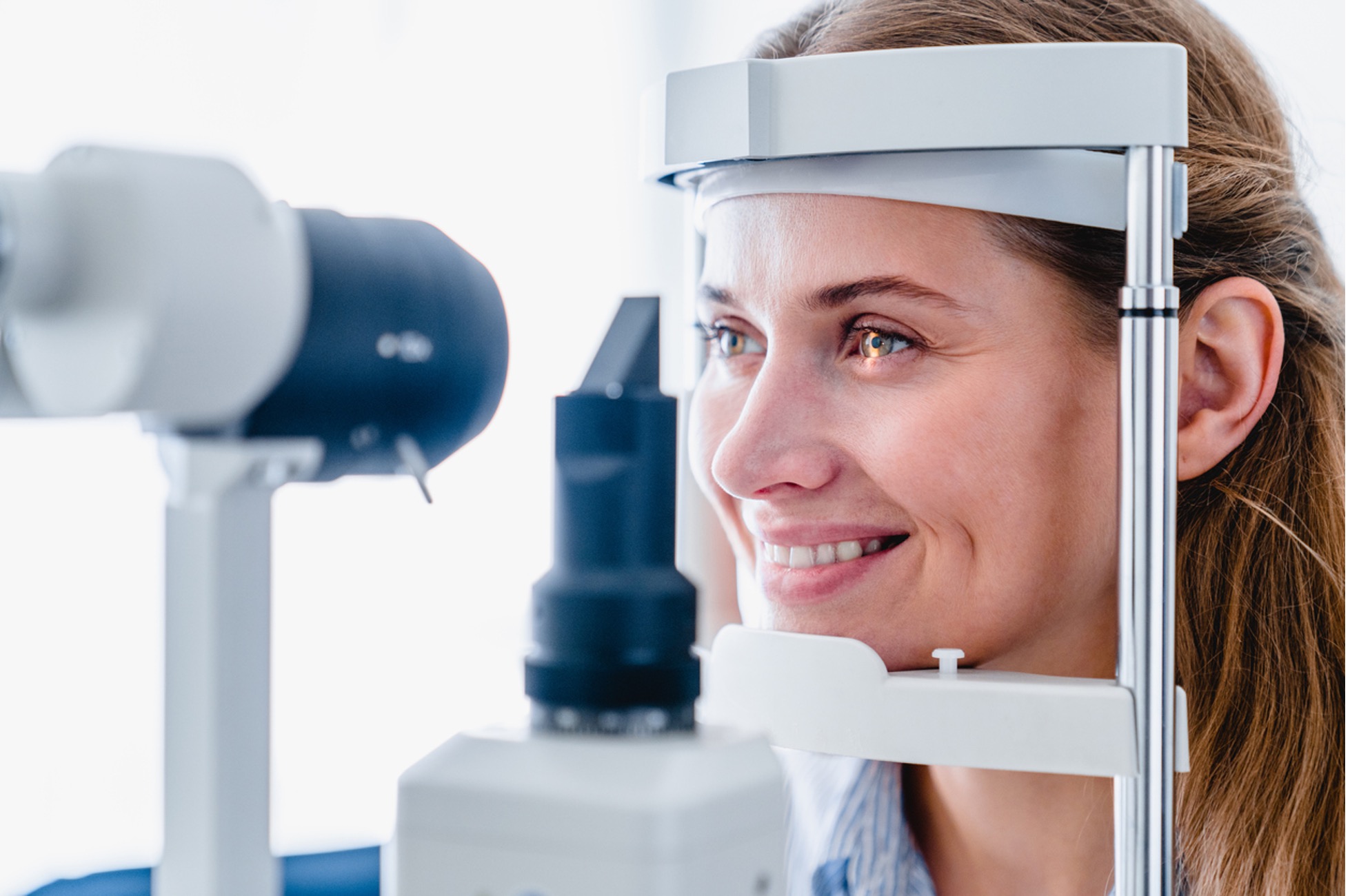Discover the Best Glaucoma Service Near Me: Professional Eye Care Solutions
Discover the Best Glaucoma Service Near Me: Professional Eye Care Solutions
Blog Article
The Role of Advanced Diagnostic Devices in Identifying Eye Disorders
In the realm of ophthalmology, the utilization of innovative diagnostic devices has actually revolutionized the very early identification and monitoring of different eye disorders. From detecting refined changes in the optic nerve to monitoring the development of retinal diseases, these modern technologies play a critical duty in improving the precision and efficiency of detecting ocular problems. As the demand for exact and timely diagnoses proceeds to grow, the assimilation of innovative devices like optical coherence tomography and aesthetic field screening has actually become crucial in the realm of eye treatment. The detailed interplay in between technology and sensory techniques not only clarifies detailed pathologies but likewise opens up doors to tailored treatment approaches.
Importance of Early Diagnosis
Early medical diagnosis plays an essential duty in the reliable management and treatment of eye disorders. Timely identification of eye conditions is vital as it enables punctual treatment, possibly protecting against more development of the condition and decreasing lasting difficulties. By identifying eye problems at a very early phase, doctor can offer ideal therapy strategies customized to the certain condition, ultimately resulting in better outcomes for patients. Very early diagnosis allows individuals to gain access to necessary assistance services and resources earlier, enhancing their general quality of life.

Technology for Identifying Glaucoma
Sophisticated diagnostic modern technologies play a vital role in the very early detection and tracking of glaucoma, a leading reason of permanent loss of sight worldwide. One such innovation is optical comprehensibility tomography (OCT), which offers thorough cross-sectional pictures of the retina, permitting the measurement of retinal nerve fiber layer density. This measurement is necessary in assessing damages triggered by glaucoma. One more innovative tool is visual area screening, which maps the sensitivity of a person's visual field, aiding to spot any type of locations of vision loss quality of glaucoma. Furthermore, tonometry is made use of to determine intraocular stress, a significant risk element for glaucoma. This examination is crucial as elevated intraocular pressure can bring about optic nerve damages. Furthermore, newer modern technologies like the usage of expert system formulas in assessing imaging information are showing promising cause the very early discovery of glaucoma. These advanced diagnostic tools enable ophthalmologists to identify glaucoma in its beginning, permitting prompt treatment and far better monitoring of the condition to prevent vision loss.
Duty of Optical Coherence Tomography

OCT's capacity to quantify retinal nerve fiber layer thickness permits for precise and objective measurements, assisting in the very early detection of glaucoma even prior to aesthetic area defects end up being noticeable. Overall, OCT plays an important duty in boosting the diagnostic accuracy and administration of glaucoma, ultimately contributing to much better results for people at threat of vision loss.
Enhancing Medical Diagnosis With Visual Field Testing
A vital element in thorough ocular evaluations, visual field testing plays a critical role in improving the diagnostic process for different eye conditions. By examining the complete degree of an individual's aesthetic area, this examination supplies vital details concerning the practical stability of the entire visual why not look here pathway, from the retina to the visual cortex.
Aesthetic area screening is especially beneficial in the medical diagnosis and monitoring of problems such as glaucoma, optic nerve conditions, and various neurological diseases that can affect vision. Via measurable dimensions of peripheral and central vision, clinicians can identify refined modifications that may indicate the presence or development of these problems, even before noticeable signs and symptoms happen.
Moreover, visual area screening enables for the monitoring of therapy effectiveness, helping eye doctors customize therapeutic treatments to specific clients. eyecare near me. By tracking changes in aesthetic field efficiency gradually, health care suppliers can make informed choices regarding readjusting medicines, recommending medical interventions, or applying other suitable actions to preserve or enhance an individual's visual feature
Taking Care Of Macular Deterioration

Conclusion
In conclusion, progressed diagnostic devices play a critical duty in determining eye problems early on. Technologies such as Optical Comprehensibility Tomography and visual area testing have significantly enhanced the accuracy and performance of diagnosing problems like glaucoma and macular deterioration.
Report this page